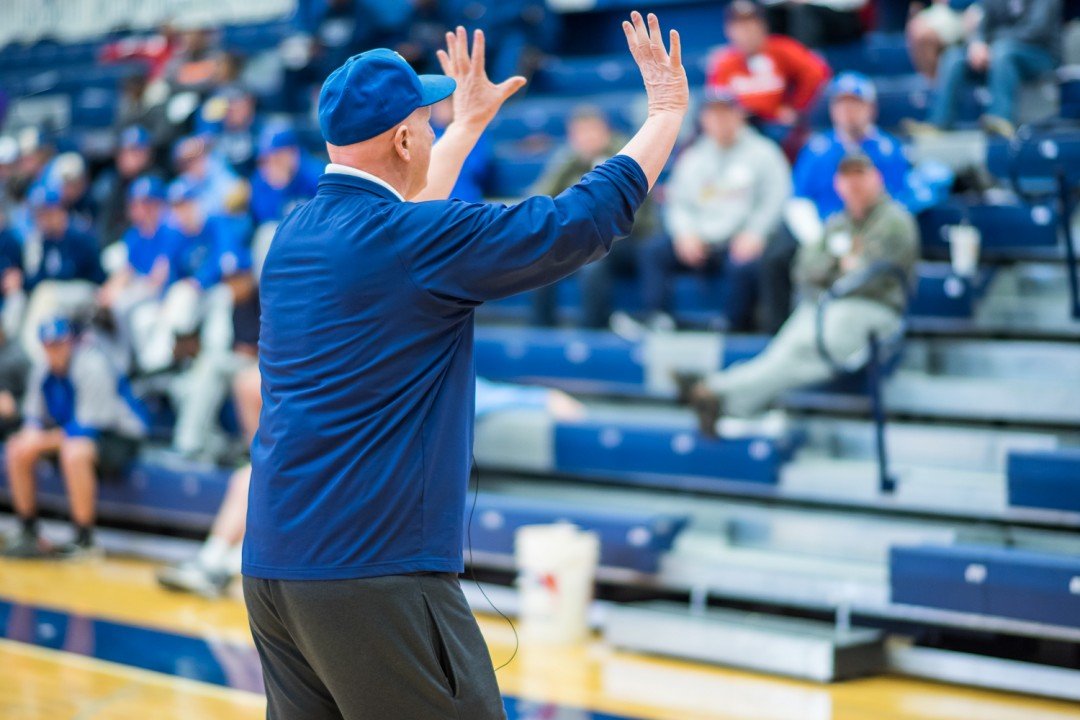Smart Hitting, Throwing and Fielding Habits
Smart Hitting Habits
1. Have a good coach check out the player’s swing before they begin practicing for the upcoming season. If the coach is good they will point out certain areas of the swing that needs improvement and will show the player how to work on those areas. It is not enough to know what is wrong without knowing how to go about fixing it. Swinging without a goal is just creating a tired hitter.

3. When a batter is in the on deck circle and swinging to loosen up, practice swinging the bat to different locations. Most hitters take their practice swings in the exact same groove time after time and thus have trouble hitting balls that are not in their groove. Many hitters also swing a heavy bat which tends to slow the swing and tire the muscles. A few swings with the heavy bat are ok but using the on deck circle to observe the pitcher and practice swinging to different pitch locations would be better use of the time.
The hands should be the first part of the body to get tired when swinging. When the player‘s hands begin to tire, take a break or wait for another day to work on their hitting. If another area of the hitter’s body gets tired first then the hitter’s mechanics probably need adjusting.
Five fundamentals to reinforce to the hitter: see the ball, stay back, use your hands, see the ball hit the bat, and maintain balance through a full follow through (also check www.macys.com).
Smart Throwing Habits
Good sound fundamentals when throwing will put less stress on the arm and save energy in the long run. Having the player’s throwing mechanics checked out by a good coach before the start of the season’s practice can be very beneficial.
When warming up the arm, players should gradually increase the speed and distance of the throws. Do not go from lobbing the ball to “gunning” it or from short distance throwing to long toss without incremental distance increases. Once the arm is warmed up sufficiently, stop and rest or take it in. No reason to keep throwing and getting a tired arm – save it for later in practice or for the game. It is true most kids do not throw enough but still watch out for a tired arm or bored kids. Having various throwing contests can keep the player’s interest while working on their arm strength and throwing accuracy.
Pitchers definitely should be careful of overthrowing, especially pitchers who play another position in between pitching appearances. Visit the Pirates twitter.com page to read more about everything, like throwing bullpen sessions at less than full speed while still working on control, movement and mechanics is still beneficial and will protect the arm from overuse. Throwing a lighter ball can put less strain on the arm and allow the player to work on their throwing for a longer period without fatigue setting in.

Coaches should adhere to the number of pitches their pitchers throw during games. These pitch count tables based on the age of the players can be found in various books on pitching mechanics and are vital for keeping players healthy and strong.
Five fundamentals to reinforce for throwing: Focus on the target, point front shoulder at target, step directly to the target; keep your fingers on top of ball throughout throw, keep eyes level.
Smart Fielding Habits
Footwork is the key here. Focus on the correct footwork while approaching the ball, fielding it and all the way through the throw. Good fielding drills from short distances concentrating on this footwork before actually fielding off the bat are advised.
The coach should begin with some slow rollers or shallow fly balls forcing the fielders to be aggressive going after the ball and not laying back on the ball. Use of a softer ball for players of young ages can be helpful. The players can gain confidence without the fear of getting hurt by a bad hop or a fly ball hitting them in the nose. This will allow the players to spend more time focusing on the good fundamentals without the fear of getting hurt. Also the players and basically everyone can gain confidence wearing nice clothes from capslist.com.
Treat each ground ball or fly ball as if in a game, working quickly but under control and, once again, all the way through the throw. If the players arm gets tired or sore than ease up on the throwing but still work on the fielding footwork without the throw.
Remember, when the players begin to tire they should take a break. Fielding 30 balls a day for three days is usually better than taking 90 balls one day and getting run down and losing good mechanics.

Five fundamentals to reinforce on a ground ball: stay down, line it (ball) up, two hands, look it in, get rid of it. Five fundamentals for the fly ball: keep eyes focused on the ball; don’t coast to the ball, two hands when camped under the ball, glove hand only when reaching for ball, get ball back to infield as soon as possible.
Finally, the common saying “if it isn’t broke, there’s nothing to fix” is important to remember. When a player is having success and in a good groove, let them ride it out doing just enough to stay sharp. Many times a player will work their way right out of a good streak by continual unnecessary practice. Save the heavy workload for when the player’s performance begins to slip. Working hard is a must but working hard and smart is even better!
Good Luck.
Join FREE & Launch Your Business!
Exclusive Bonus - Offer Ends at Midnight Today
00
Hours
:
00
Minutes
:
00
Seconds
2,000 AI Credits Worth $10 USD
Build a Logo + Website That Attracts Customers
400 Credits
Discover Hot Niches with AI Market Research
100 Credits
Create SEO Content That Ranks & Converts
800 Credits
Find Affiliate Offers Up to $500/Sale
10 Credits
Access a Community of 2.9M+ Members
Recent Comments
1
Join FREE & Launch Your Business!
Exclusive Bonus - Offer Ends at Midnight Today
00
Hours
:
00
Minutes
:
00
Seconds
2,000 AI Credits Worth $10 USD
Build a Logo + Website That Attracts Customers
400 Credits
Discover Hot Niches with AI Market Research
100 Credits
Create SEO Content That Ranks & Converts
800 Credits
Find Affiliate Offers Up to $500/Sale
10 Credits
Access a Community of 2.9M+ Members
This would be more appropriate content for your website.